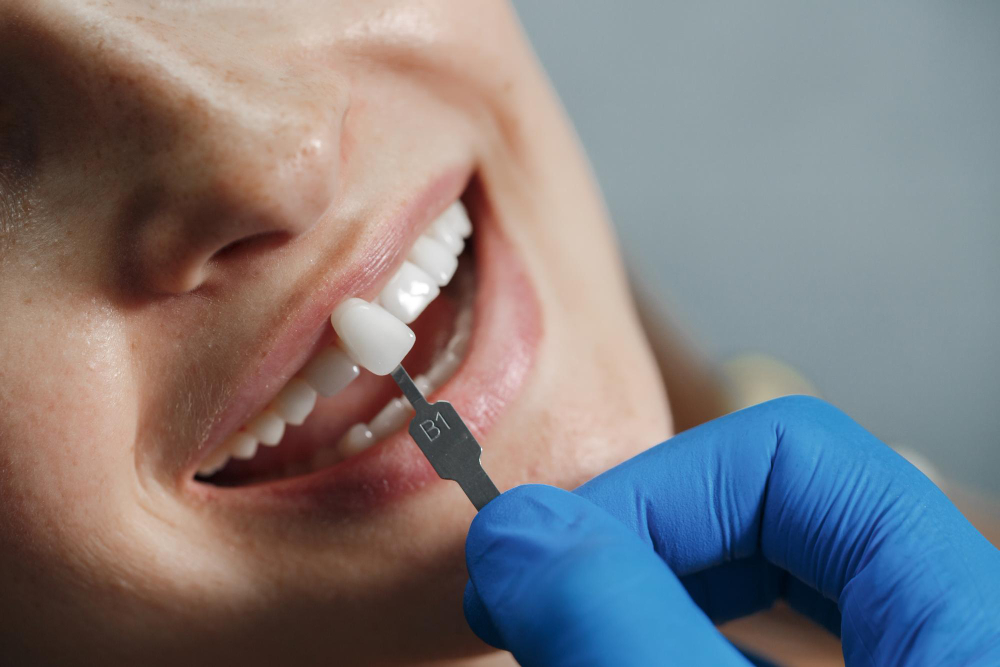What Are Dental Crowns?
Dental crowns are tooth-shaped caps placed over damaged or weak teeth. Dentists use them to restore the tooth’s shape, size, and strength. Often, dental crowns also improve how a tooth looks. According to the American Dental Association, crowns help protect teeth that cannot be fixed with fillings alone. In many cases, dental crowns can save a tooth from being removed.
Common Reasons for Needing Dental Crowns
There are several reasons why a dentist may suggest dental crowns. For example, you might need a crown if you have:
A cracked or broken tooth
A tooth with a large filling
A weak tooth at risk of breaking
A tooth that has had a root canal
A misshapen or badly discolored tooth
A dental bridge that needs support
Sometimes, dental crowns are also used to cover dental implants. As a result, they play a key role in many dental treatments.
Types of Dental Crowns
There are different types of dental crowns. Each type has its own benefits. Here are the most common options:
Porcelain crowns: These look like natural teeth and are often used for front teeth.
Ceramic crowns: Like porcelain, these blend well with your natural teeth.
Metal crowns: Made from gold or other metals, these are very strong but less natural-looking.
Porcelain-fused-to-metal crowns: These combine strength and a natural look.
Resin crowns: These are less costly but may wear down faster.
Your dentist will help you choose the best type based on your needs and budget.
The Dental Crown Procedure: Step-by-Step
Getting a dental crown usually takes two visits. Here is what you can expect:
Exam and preparation: First, the dentist checks your tooth and may take X-rays. Next, they shape the tooth to fit the crown.
Impression: Then, the dentist makes a mold of your tooth. This helps create a crown that fits well.
Temporary crown: While your permanent crown is made, you get a temporary one to protect your tooth.
Fitting the crown: At your next visit, the dentist removes the temporary crown. After that, they place and adjust the new crown for a perfect fit.
Cementing the crown: Finally, the dentist cements the crown in place. You can now use your tooth as normal.
Some dental offices offer same-day crowns using special technology. However, most people will need two visits.
Benefits and Potential Risks
Dental crowns offer many benefits. For instance, they:
Protect weak or damaged teeth
Restore chewing and speaking ability
Improve the look of your smile
Last for many years with proper care
However, there are some risks. Sometimes, you may feel tooth sensitivity after getting a crown. Rarely, a crown may become loose or fall off. Infections or allergic reactions are uncommon but possible. If you notice pain or swelling, contact your dentist right away.
Aftercare Tips and Maintenance
Proper care helps your dental crown last longer. Here are some simple tips:
Brush your teeth twice a day with a soft toothbrush
Floss daily to remove food and plaque
Avoid chewing hard foods like ice or hard candy
Visit your dentist for regular check-ups and cleanings
If you grind your teeth at night, ask about a mouthguard
With good care, dental crowns can last 5 to 15 years or more. Still, if your crown feels loose or uncomfortable, see your dentist soon.
Frequently Asked Questions About Dental Crowns
How long do dental crowns last?
With proper care, most crowns last between 5 and 15 years. Some may last even longer.
Does getting a dental crown hurt?
The dentist numbs your tooth, so you should not feel pain during the procedure. Afterward, you may feel mild soreness for a few days.
Can I eat normally with a dental crown?
Yes, you can eat most foods. However, avoid very hard or sticky foods to protect your crown.
How do I clean my dental crown?
Brush and floss as you do with your other teeth. Regular dental visits help keep your crown in good shape.
What if my crown feels loose?
Contact your dentist right away. Do not try to fix it yourself.
Dental crowns are a safe and effective way to restore your smile. For personalized advice on dental crowns, consult a dentist.

